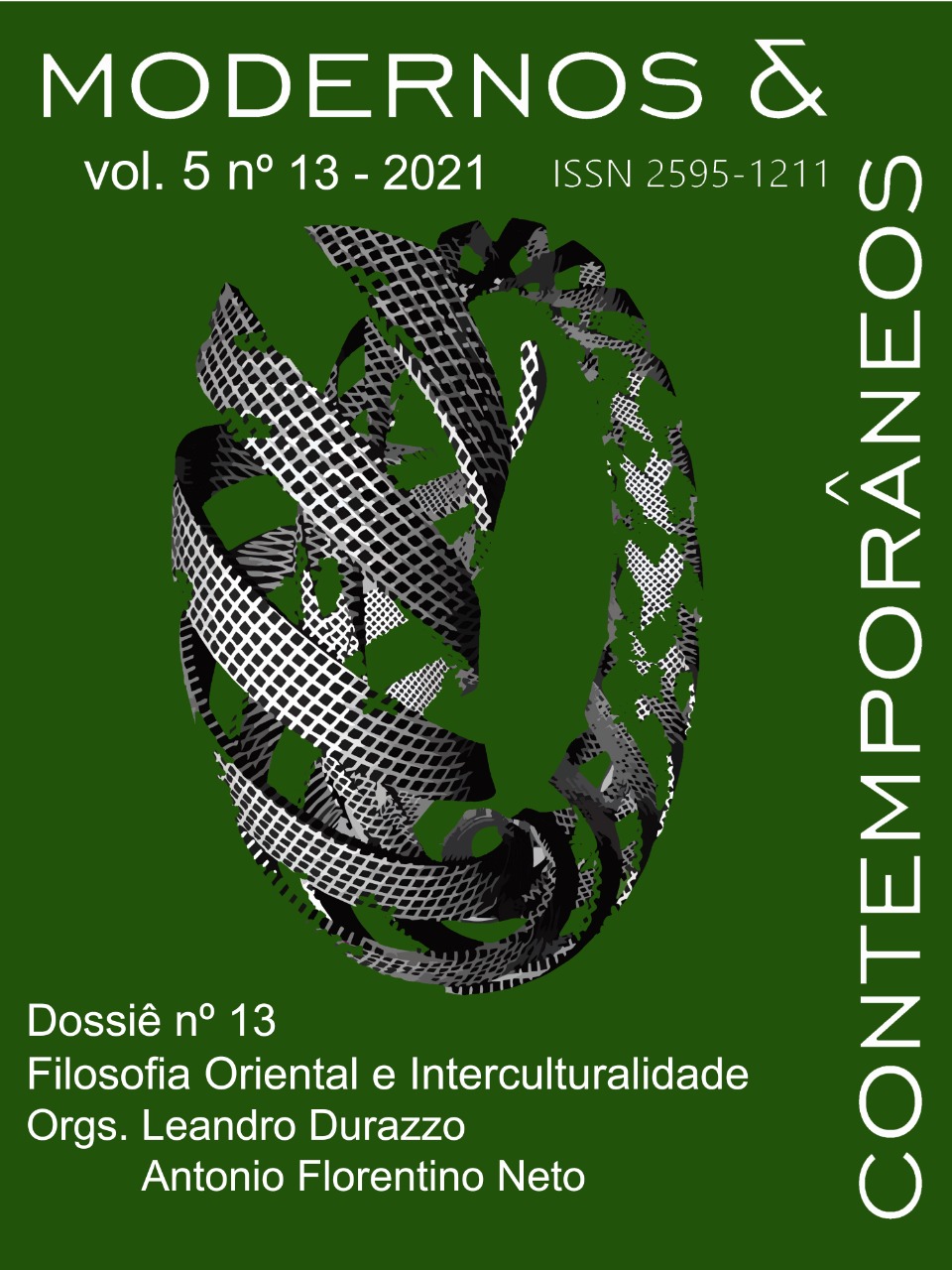Cuatro Estudios sobre noema y noesis en la Filosofía Nishidiana (1925-1935)
Four Studies on the Use of Noema and Noesis in Nishida Philosophy (1925-1935)
Abstract
Each of the texts (published in 1935, 1972, 1987 and 1998) that are the basis for this article presents Nishida’s philosophical viewpoint in the middle period of his thought (1925-1935), as well as its relation to phenomenology, on the basis of concepts such as noema, noesis, consciousness, self-perception and absolute Nothingness. Koyama’s points out contrasting viewpoints in Nishida concerning the character of consciousness and of intentionality; Takizawa presents a linguistic analysis of Nishida’s use of ‘noema’ and ‘noesis’, and emphasizes their importance for our understanding of Nishida’s thought; in contrast, Sueki considers that universals are the point of entry to the analysis of self-perception in Nishida; and we find in Nitta a creative approach that endeavors to ascend from the bottom of ‘noesis’ up to the self-perceiving self-determination of absolute Nothingness.
Keywords: Noema, noesis, phenomenology, self-perception, absolute Nothingness, Nishida philosophy
Downloads
Published
How to Cite
Issue
Section
License
Política para Periódicos de Acesso Livre
Aos autores(as) que tencionam submeter suas obras e publicá-las na revista Modernos & Contemporâneos, não será, sob hipótese alguma, cobrado qualquer tipo de taxas, sendo tais procedimentos inteiramente gratuitos.
Autores(as) que publicam nesta revista concordam com os seguintes termos:
a) Todas as obras publicadas na Modernos & Contemporâneos [ issn 2595-1211 ] encontram-se licenciadas com uma Licença Creative Commons Atribuição-NãoComercial-CompartilhaIgual 4.0 Internacional.
b)Autores(as) têm autorização para assumir contratos adicionais separadamente, para distribuição não-exclusiva da versão do trabalho publicada nesta revista (ex.: publicar em repositório institucional ou como capítulo de livro), com reconhecimento de autoria e publicação inicial nesta revista.
c)Autores(as) têm permissão e são estimulados a publicar e distribuir seu trabalho online (ex.: em repositórios institucionais ou na sua página pessoal), com reconhecimento de autoria e publicação inicial nesta revista, já que isso pode gerar alterações produtivas, bem como aumentar o impacto e a citação do trabalho publicado (Veja O Efeito do Acesso Livre)


